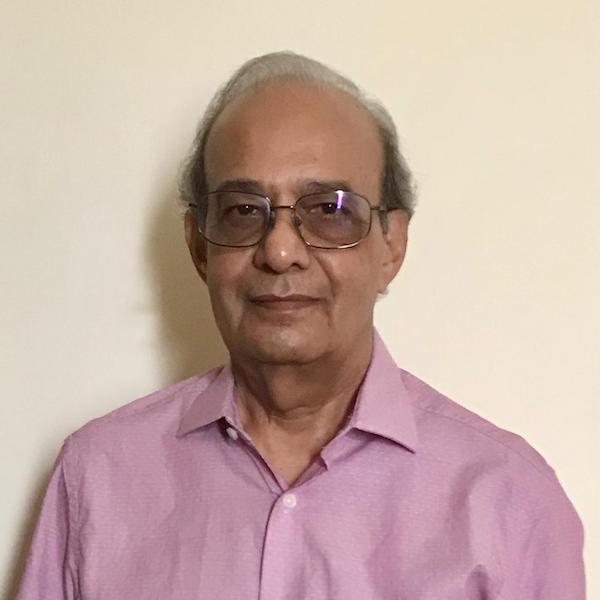Indian American led study shows quantum teleportation over internet cables

Northwestern University professor Prem Kumar’s study opens door for secure quantum applications without specialized infrastructure
By Arun Kumar
A study led by Prem Kumar, an Indian American professor at Northwestern University in Evanston, Illinois has for the first time successfully demonstrated quantum teleportation over a fiber optic cable already carrying Internet traffic.
The discovery introduces the new possibility of combining quantum communication with existing Internet cables — greatly simplifying the infrastructure required for advanced sensing technologies or quantum computing applications, according to a university release.
READ: Two Indian Americans launch Global Desi Republican Caucus (December 10th, 2024)
“This is incredibly exciting because nobody thought it was possible,” said Kumar, “Our work shows a path towards next-generation quantum and classical networks sharing a unified fiber optic infrastructure. Basically, it opens the door to pushing quantum communications to the next level.”
An expert in quantum communication, Kumar is a professor of electrical and computer engineering at Northwestern’s McCormick School of Engineering, where he directs the Center for Photonic Communication and Computing.
Only limited by the speed of light, quantum teleportation enables a new, ultra-fast, secure way to share information between distant network users, wherein direct transmission is not necessary. The process works by harnessing quantum entanglement, a technique in which two particles are linked, regardless of the distance between them.
Instead of particles physically traveling to deliver information, entangled particles exchange information over great distances — without physically carrying it.
“In optical communications, all signals are converted to light,” Kumar explained. “While conventional signals for classical communications typically comprise millions of particles of light, quantum information uses single photons.”
Before Kumar’s new study, many researchers were uncertain if quantum teleportation was possible in cables carrying classical communications. The entangled photons would drown among the millions of other light particles. It would be like a flimsy bicycle trying to navigate through a crowded tunnel of speeding heavy-duty trucks.
Kumar and his team, however, found a way to help the delicate photons steer clear of the busy traffic. After conducting in-depth studies of how light scatters within fiber optic cables, the researchers found a less crowded wavelength of light to place their photons. Then, they added special filters to reduce noise from regular Internet traffic.
“We carefully studied how light is scattered and placed our photons at a judicial point where that scattering mechanism is minimized,” Kumar said. “We found we could perform quantum communication without interference from the classical channels that are simultaneously present.”
To test the new method, Kumar and his team set up a 30 kilometer-long fiber optic cable with a photon at either end. Then, they simultaneously sent quantum information and high-speed Internet traffic through it.
Finally, they measured the quality of the quantum information at the receiving end while executing the teleportation protocol by making quantum measurements at the mid-point. The researchers found the quantum information was successfully transmitted — even with busy Internet traffic whizzing by.
Next, Kumar plans to extend the experiments over longer distances. He also plans to use two pairs of entangled photons — rather than one pair — to demonstrate entanglement swapping, another important milestone leading to distributed quantum applications.
Finally, his team is exploring the possibility of carrying out experiments over real-world inground optical cables rather than on spools in the lab. But, even with more work to do, Kumar is optimistic.
“Quantum teleportation has the ability to provide quantum connectivity securely between geographically distant nodes,” Kumar said. “But many people have long assumed that nobody would build specialized infrastructure to send particles of light. If we choose the wavelengths properly, we won’t have to build new infrastructure. Classical communications and quantum communications can coexist.”
The study was published in the journal Optica.

